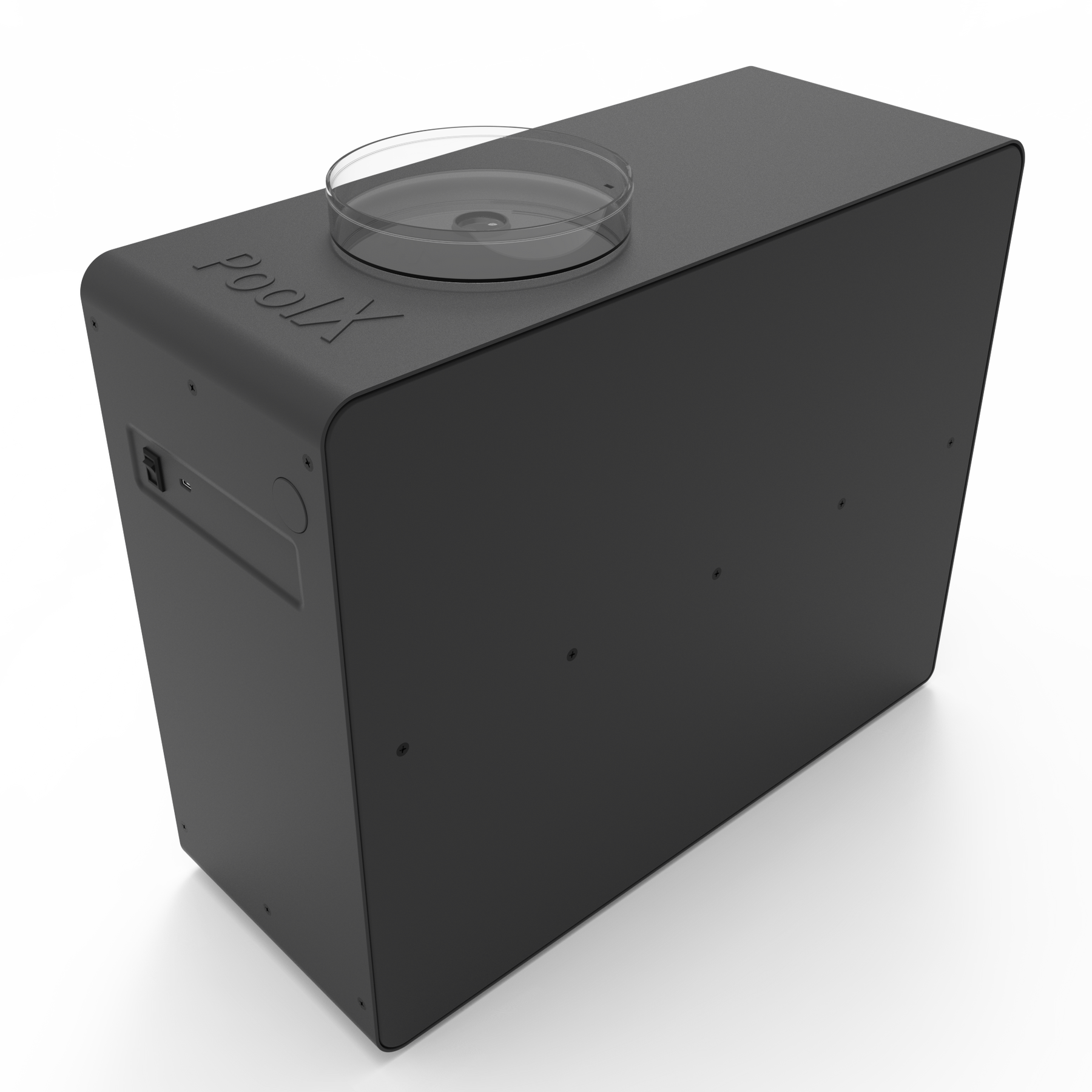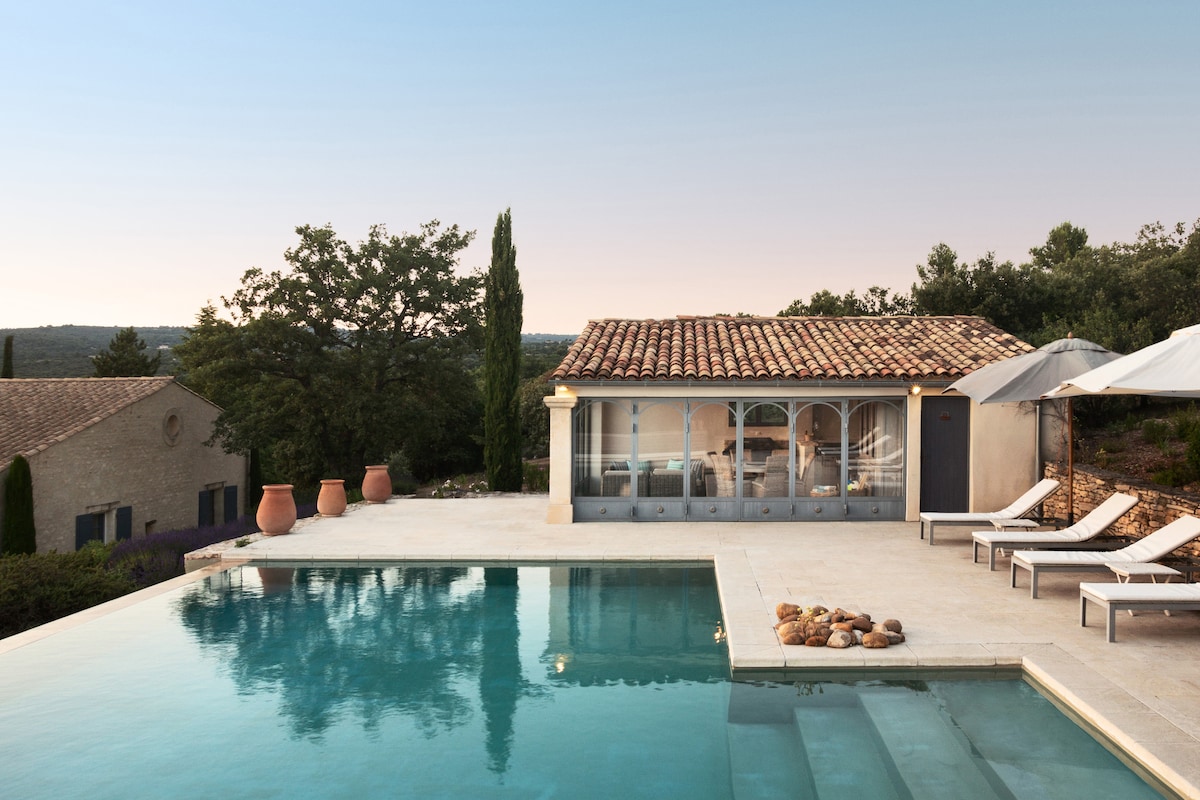If you are a homeowner considering or already owning a swimming pool, you might have come across the term pool coping. But what is pool coping? In essence, it’s the edging around a swimming pool that ties the tile and the finish of the pool together, creating a visual and functional boundary. This article aims to delve deep into pool coping, highlighting its significance and the tremendous options available for your pool area.

What is Pool Coping and Why is it Crucial?
Pool coping is the material that covers the edge of the pool shell, which is a critical part of the pool’s overall structure. The main purpose of pool coping is to prevent water from infiltrating the area behind the pool shell and to provide a safe, non-slip area around the pool. The right coping greatly enhances not just the aesthetics but also the safety and longevity of your pool.

Different Types of Pool Coping
Natural Stone Coping
Natural stone coping, such as limestone, travertine, and sandstone, offers a classic, timeless look. These materials are durable and slip-resistant, making them a popular choice among homeowners.
Precast Concrete Coping
For a more versatile option, precast concrete coping comes in various shapes, colors, and textures. It’s a cost-effective and durable solution, often mimicking the look of natural stone.
Brick and Paver Coping
Brick coping adds a traditional look, while pavers offer a wide range of design possibilities. Both are durable and provide an earthy charm.
Composite Materials
Composite coping materials are increasingly popular due to their sustainability and performance. They require minimal maintenance and are available in various styles and colors.

The Installation Process of Pool Coping
Installing pool coping is a meticulous process that requires careful preparation and skill. It involves:
- Preparing the pool shell and deck
- Precisely cutting the coping material to fit
- Setting the coping in place with mortar
- Sealing the joints to ensure water-tightness
Consulting a professional is highly recommended to ensure a seamless and durable installation.
Benefits of Proper Pool Coping
Enhanced Aesthetic Appeal
Pool coping serves as a visual frame for the pool, significantly enhancing its aesthetic appeal. It can complement other outdoor features and blend seamlessly with the surrounding landscape.
Safety Considerations
By providing a non-slip surface and smooth edges, pool coping reduces the risk of accidents and injuries around the pool area.
Durability and Maintenance
High-quality coping materials require less maintenance and withstand damage, contributing to the pool’s longevity.
How to Choose the Right Pool Coping
Match with Existing Architecture
Choose coping materials and styles that blend well with your home’s architectural elements. This creates a cohesive and appealing outdoor space.
Consider Climate and Environment
The choice of material should consider the local climate and environmental conditions. For example, materials like natural stone can handle extreme weather variations better than others.
Budget and Cost
While natural stones and composite materials may offer premium aesthetics and durability, precast concrete and pavers can be cost-effective yet appealing alternatives. Balance your budget while considering long-term benefits.
Case Studies: Impressive Pool Coping Projects
Modern Pool Coping
A case study featuring a modern, minimalist pool design using sleek precast concrete coping.
Traditional Oasis
This project showcases a traditional pool design with brick coping, creating a warm and inviting atmosphere.
Eco-Friendly Design
An eco-friendly pool project using sustainable composite materials for coping, blending functionality with environmental consciousness.
FAQs
What materials are best for pool coping?
The best materials depend on your aesthetic and functionality preferences. Options include natural stone, precast concrete, brick, and composite materials.
How often should pool coping be replaced?
Pool coping generally lasts for many years. However, it’s crucial to inspect regularly and replace it if you notice significant damage or wear.
Can I install pool coping myself?
While it is possible, professional installation is recommended to ensure proper placement, sealing, and longevity.
Relevant Resources
As an Amazon Associate, I earn from qualifying purchases.

